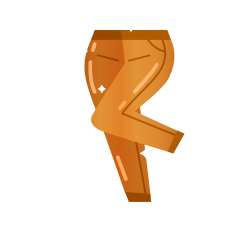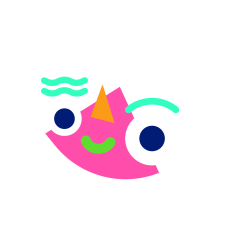Steam 설치
로그인
|
언어
简体中文(중국어 간체)
繁體中文(중국어 번체)
日本語(일본어)
ไทย(태국어)
Български(불가리아어)
Čeština(체코어)
Dansk(덴마크어)
Deutsch(독일어)
English(영어)
Español - España(스페인어 - 스페인)
Español - Latinoamérica(스페인어 - 중남미)
Ελληνικά(그리스어)
Français(프랑스어)
Italiano(이탈리아어)
Bahasa Indonesia(인도네시아어)
Magyar(헝가리어)
Nederlands(네덜란드어)
Norsk(노르웨이어)
Polski(폴란드어)
Português(포르투갈어 - 포르투갈)
Português - Brasil(포르투갈어 - 브라질)
Română(루마니아어)
Русский(러시아어)
Suomi(핀란드어)
Svenska(스웨덴어)
Türkçe(튀르키예어)
Tiếng Việt(베트남어)
Українська(우크라이나어)
번역 관련 문제 보고


 Germany
Germany 























































People's hands and feet have the same shape: they both have five digits (the fingers and toes). Many other animals with backbones also have five digits. The part of the foot which joins it to the leg is called the heel. The bottom of the foot is called the sole.
Many people like to use footwear, especially outside. It has special names, for example sandals, shoes, and boots. When people always wear footwear, especially in hot places or when they are very active, their feet can smell badly (foot odour). Wearing footwear that is too big or small can be bad for the feet. People who have foot, leg, and back problems can also get help from special shoes.
- beinhaltet Themen wie: Geschlechterrolle, Geschlechtsgerechtigkeit, Rollenfindung, Sexualität, ♥♥♥♥-, Hetero-, Transsexualität, traditionelle und moderne Rollenbilder
- noch immer 70% der Führungskräfte männlichen Geschlechts
- Vollzeitbeschäftigung 2018: 27% weiblich, 94% männlich
- Gender/Rollenzuschreibung sind kulturell abhängig
- Sozialisation, Vorbilder prägen dieses Bild
- Zusätzlich prägen äußere Merkmale Genfer, bspw. Kleidung, Rituale, Verhalten gegenüber Frauen und Männern, gesellschaftlicher Umgang -> dies macht Menschen zu Männern oder Frauen in jeweiliger Gesellschaft, Kultur, Soziokultur, sodass ihre Interessen dem zugewiesenen Geschlecht entsprechen